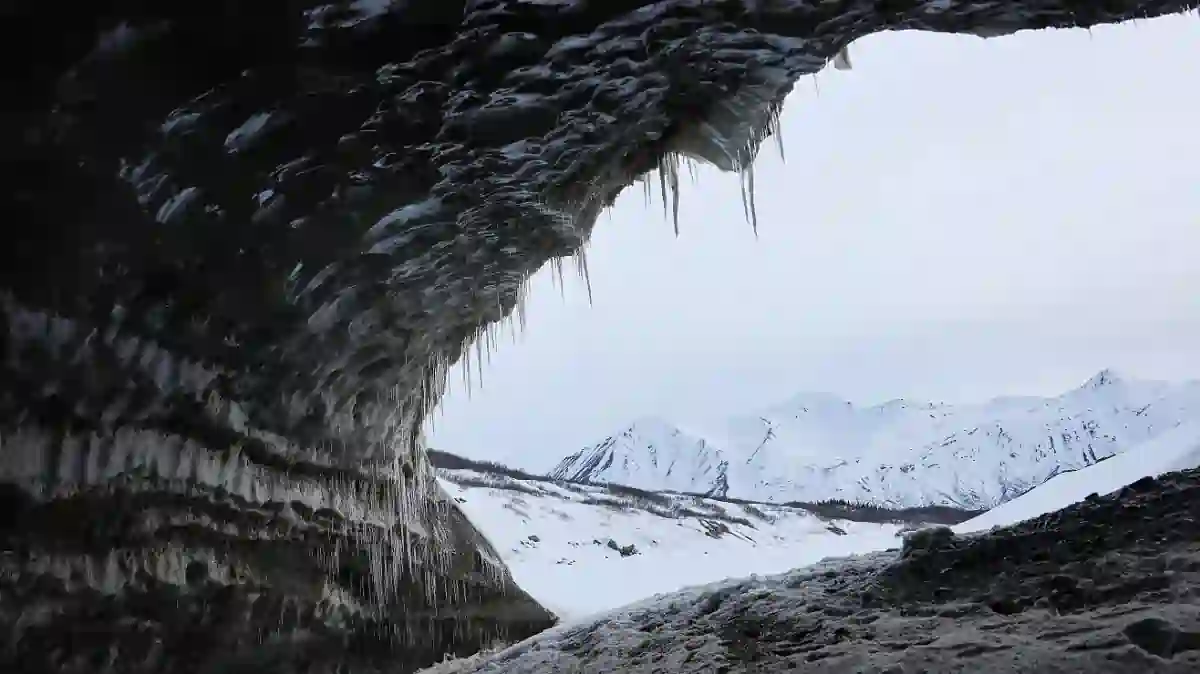Scientists ‘stunned’ by discovery of dinosaur footprint in Alaska
Within the boundaries of Denali National Park, Alaska’s largest dinosaur footprint deposit has been unearthed, prompting scientists to dub it the “dinosaur coliseum”
Scientists at the University of Alaska Fairbanks have made a fascinating discovery in Denali National Park, Alaska. A 20-story cliff face has revealed the fossilized footprints of numerous dinosaurs that roamed its surface some 70 million years ago.
And while at first glance it might appear that these ancient reptiles defied gravity, it was actually due to a geological process.
The find at Denali is exceptional in that it contains a record number of tracks from various species, overlapping in layers over multiple generations. This has led astonished researchers to dub the area the “dinosaur coliseum.”
A watering hole in a vast floodplain
This site, which spans the size of a soccer field and a half, reveals evidence of the presence of ornithopods, ceratopsids and theropods, indicating significant species diversity and persistent occupation of the site over time. According to the researchers, the location could have been a watering hole in an extensive alluvial plain.
“It’s not just a rock level with footprints,” said Dustin Stewart, lead author of the study, published recently in the journal Historical Biology. “It’s a sequence through time. Until now, Denali had other known track sites, but nothing of this magnitude,” he added.
“They’re beautiful,” said, for his part, paleontologist Pat Druckenmiller, co-author of the paper and director of the University of Alaska Museum of the North. “You can see the shape of the toes and the texture of the skin.”
Although the site initially went unnoticed by researchers in the vast landscape of the park, the right light revealed its hidden wonder. The position of the sun created a dazzling effect on the footprints, leading the team to realize they had found something truly special, so they immediately documented the find.
“When the sun forms a perfect angle with those deposits, they just explode,” he said. “We were all stunned, and Pat said, ‘Get the camera.’ We were freaking out,” Stewart said.
How did the dinosaur tracks accumulate?
According to a release from the University of Alaska Fairbanks, dinosaur tracks accumulated over thousands of years due to various preservation processes. The movement of tectonic plates caused the tracks to rise and become exposed as the ground deformed upward.
According to the National Park Service, it was this tectonic activity that was part of the geologic upheaval that gave rise to the 966-km-long Alaska Range near Denali National Park.
The footprints not only represent the presence of large herbivorous and carnivorous dinosaurs – a diverse, forested environment where impressive creatures such as tyrannosaurs, raptors and flying reptiles coexisted – but also show fossilized traces of plants, pollen, crustaceans and wading birds.
“It was a forested area teeming with dinosaurs,” Druckenmiller explains. “Running around Denali was a tyrannosaur that was several times larger than the largest grizzly bear today. There were raptors. There were flying reptiles. There were birds. It was an amazing ecosystem.
Scientists hope these discoveries will provide a more detailed understanding of the ecosystem 70 million years ago. “All these little clues help us understand what the environment was like as a whole,” Stewart says.
Scientists explore dinosaur ‘Coliseum’ in Denali National Park | #Geology #GeologyPage #Dinosaur #Fossil
University of Alaska Fairbanks scientists have discovered and documented the largest known single dinosaur track site …
Read more : https://t.co/KJ8SY7RUOz
— Geology Page (@GeologyPage) August 20, 2023

